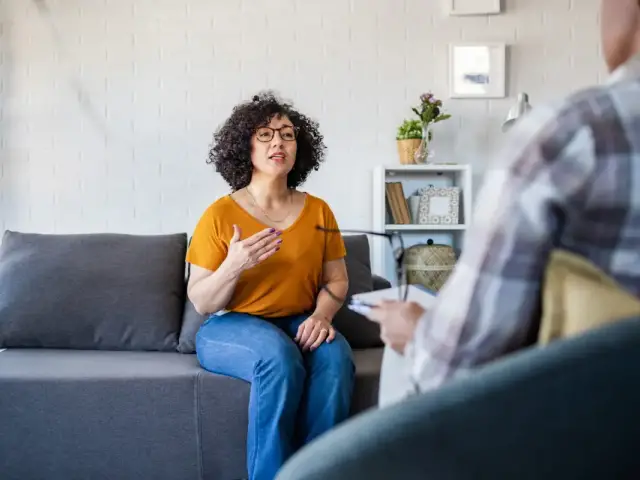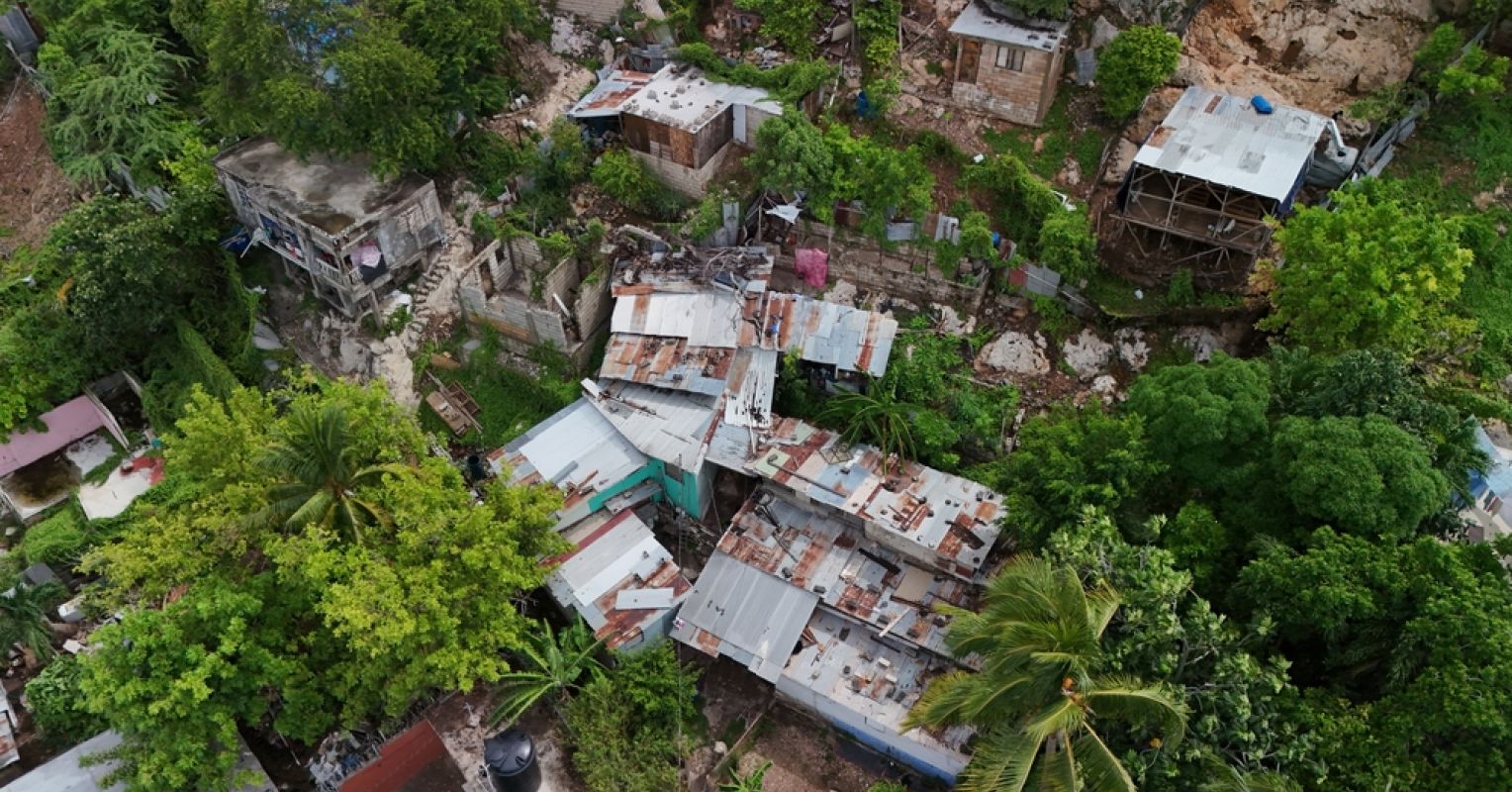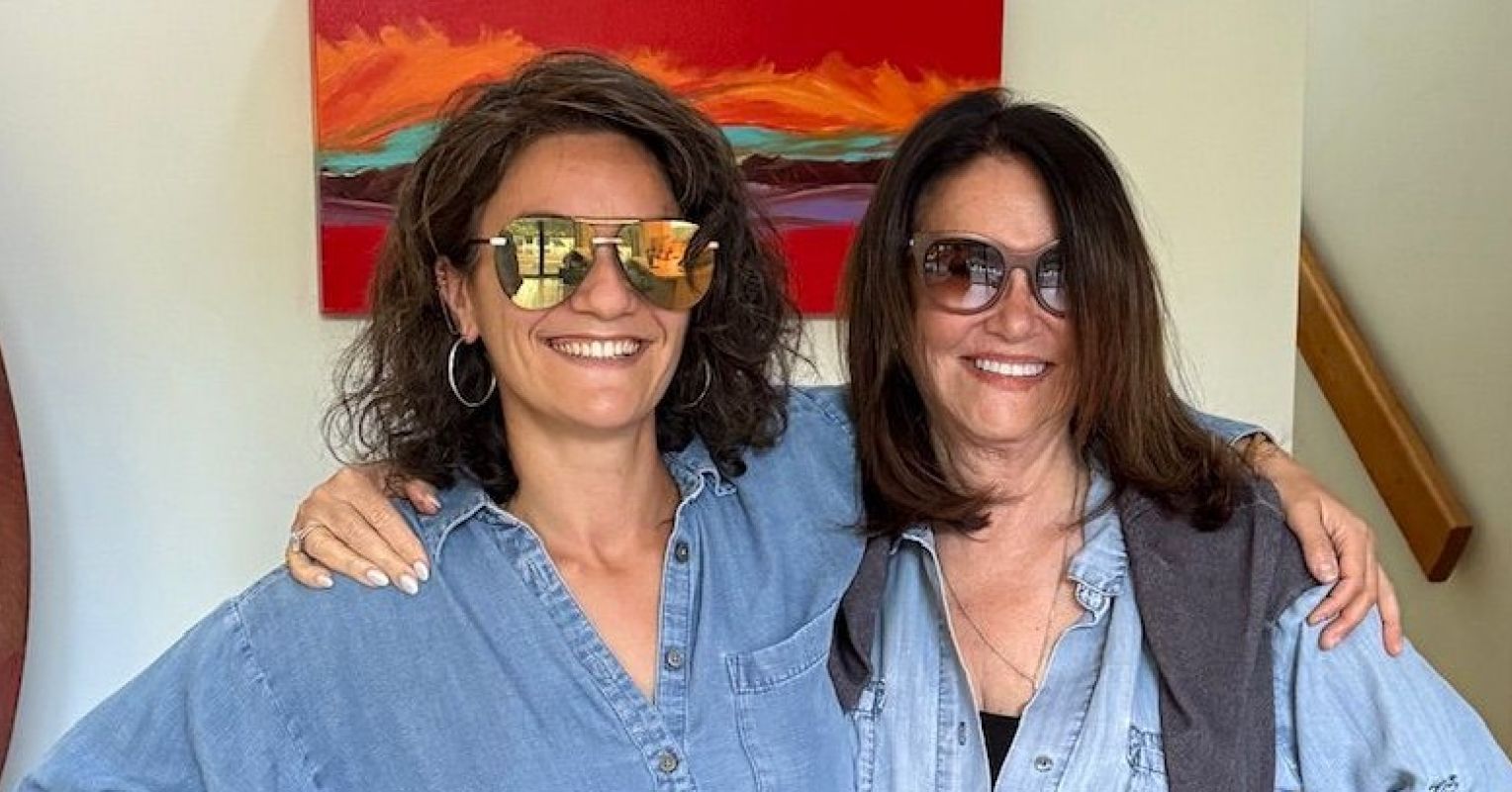As a child of an immigrant, I’ve often found myself questioning my place in the world, navigating two identities, two cultures, and two religions—one from my mother, who was born in Mexico, and one from my father, who was born in the United States. Along the way, I frequently wondered: Am I too American? Do I even look Brown? Am I speaking proper Spanish, or is it different from what others expect?
This tension often brought with it challenges like shame, self-sabotaging, and the loss of cultural identity due to assimilation. These are themes that Sahaj Kaur Kohli, a licensed therapist, addresses in her work—especially in her latest book, But What Will People Say? Navigating Mental health, Identity, Love, and Family Between Cultures.
Kohli, who is also the founder of the online community Brown Girl Therapy, creates a vital space for those often left out of the conversation on Mental health. She redefines traditional therapy and self-care models to better serve people like me, who are navigating the complexities of cultural identity.
X

Raised in a predominantly white suburb of Virginia by parents with Indian and Sikh roots, Kohli often found the collectivism of her immigrant upbringing in conflict with the individualism of Western culture. This conflict is explored in her memoir, which is also part self-help guide.
The book blends Kohli’s personal experiences with her professional insights as a therapist, offering practical advice to help children of immigrants process their emotions, improve family dynamics, and cultivate a clearer sense of self. I spoke with Kohli to dive deeper into these themes and discuss her work.
Gisselle Medina: The title of your book—But What Will People Say?—comes from your parents’ reaction to you seeking therapy. Why was this the perfect title for the book?
Sahaj Kaur Kohli: I chose the title for multiple reasons—because it happened to me and because, as I detail in the book, my parents worried about others’ concerns over my well-being. At the time, that was painful, but now, after many conversations, I understand their context for what they were thinking. I believe they saw imperfection as failure and worried about how others might perceive our family—a common narrative in many immigrant families.
I also really wanted to drive home this idea that straddling between individualism and collectivism often means worrying what other people are going to think because, in a collectivist culture, that’s what we’re concerned with.
We put family first, the community first, and that matters more than what we might [personally] need. And so worrying about what other people need or think is like an adaptive survival strategy for many of us to feel accepted, to belong, to not be ostracized, to feel safe within the communities and families that we grow up in.
I grew up most of my life worrying what people were going to think in both of the communities and cultures I grew up in. So I always felt like I wasn’t enough. I wasn’t Indian enough in one community. I wasn’t American enough in the other community. I was too American in one community.
GM: What led you to make the book so deeply personal? How do you practice self-care while writing about such personal and potentially traumatic experiences?
SKK: Part of writing this book was healing in a lot of ways. It was very hard. I like to tell people that writing this book was probably one of the most difficult voluntary things I’ve ever done, just because I had to relive a lot of things, I had to process a lot of things I wanted to ignore about myself in my life, I had to own a lot of experiences and choices I’ve made and regulate and work through a lot of difficult and uncomfortable emotions.
I decided that I wanted to share more of my story because, as a therapist, as someone who people look to as an “expert” on this content and on this population, I’ve read so many books by other experts and other people. I’ve devoured self-help my whole life, and I’ve always found a few things missing in those self-help content books. The first is, most of the time they’re written by white people from an individualistic lens, and so I never really saw myself represented wholly. Some of it helped, some of it worked for me, but some of it didn’t, because it didn’t really integrate the other culture of mine or the other things that are important to me. And, two, I feel like a lot of self-help books are written from a higher-than-thou perspective.
I’m only an expert on my life. I can give you guidance, share the knowledge I know, I can ask you more questions so that you can get to the answers yourself. But I cannot tell you what you need to do in your life, because your life looks very different from my life.
So I wanted that to come out in the book, where it felt like I was guiding you and maybe teaching you, but I also was using my story as a thread throughout to say, well, this is what happened to me, and this is how I’ve experienced it. And I think that helps a lot of people in our community, especially when they are so distrustful of self-help and Mental health care, to feel like, “Oh, she’s taking me along on her journey, and I get to take what I need and leave what I don’t need from her journey.”
I wanted to show people that it’s taken me a long time to get to a place where I can even start my own healing, because I struggle the same way other people in the community have, too. I felt like that was really important for me to be a community member first, and then an expert.
GM: Acculturation is a big topic in your book. Can you talk about the impact it has on children of immigrants in terms of integration and identity formation?

But What Will People Say? Navigating Mental health, Identity, Love, and Family Between Cultures (Penguin Life, 2024, 342 pages)
SKK: I can’t talk about religion and culture without discussing acculturation—the process of adapting to a new culture while potentially maintaining the old one. And I can’t talk about that without addressing assimilation. All of these concepts shape how we identify and view ourselves.
In my book, I stuck to the basics, using John Berry’s model of acculturation. He explains that people acculturate in different ways: Some resist the new culture and only maintain their heritage culture, while others fully adopt the new culture and forgo their heritage. Some try to balance both, and some don’t feel ownership over either. These choices and experiences shape how we relate to our identity.
For example, some immigrant parents believe their children will have an easier life by assimilating and may choose not to teach them their heritage language or traditions. Others—like mine—prioritized staying rooted in religious and cultural identity. In my household, being called “American” was almost a bad word—like I was being “too American.”
These different approaches influence how children of immigrants develop their identities. A bicultural identity means navigating multiple cultural influences, but how we relate to them depends on our upbringing and environment. Some grow up in cultural enclaves like Chinatown, surrounded by their heritage, while others live in predominantly white suburbs with fewer connections to their background. These experiences shape how much we assimilate or maintain our heritage culture.
Understanding the choices our parents and elders made—and how those decisions shaped our identities—helps us better understand our own. In my work, I encourage people to reflect on their bicultural identity development: What experiences at school, in social settings, or within family led them to feel pride or shame, connection or disconnection, from different parts of their identity?
GM: How important is cultural competence in therapy?
SKK: Cultural sensitivity is key in finding a therapist. I avoid the word “competency” because clinicians can’t fully understand someone else’s background or experience, especially if they don’t share it. Finding a culturally inclusive therapist means asking the right questions during consultations: Have you worked with someone with my identity or struggles? How do you integrate culture into therapy? Most therapists offer free consultations, making this the best time for you to see if they are the right fit.
Finding the right therapist is like dating or finding the perfect shoe—what works for one person may not work for another. The biggest predictor of therapy success is client comfort with the clinician. While a therapist who shares your identity might feel reassuring, it’s more important that they are curious about your experiences and cultural identity. A good therapist doesn’t assume but asks thoughtful questions to understand your perspective. If they act like they already know how your background impacts you, that’s a red flag.
At the end of the day, you are the expert on your life. A good therapist respects your autonomy, remains curious, and ensures that therapy aligns with your unique needs—regardless of their own background.
GM: While there are many lessons in your book, are there specific key takeaways you hope readers will gain?
SKK: I think the common themes in these messages are feelings of being seen in a way they’ve never felt before or realizing they’ve healed something they didn’t even know needed healing. I receive these messages often, which is really amazing and speaks to the lack of representation in Mental health, wellness, and self-help spaces. For many, this might be the first book where they see their child-of-immigrant, bicultural, or multicultural identity reflected and gain a deeper understanding of their Mental health struggles.
I wanted the main lesson to be that I’m not an expert on anyone else’s life. I intentionally wrote a book that offers more questions than answers—though I know that can be frustrating because people often want concrete solutions. But, ultimately, only you can find the answers for yourself. My role is to hold up a mirror, provide reflection questions, share my story, and present research. But at the end of the day, you have to be willing to look in the mirror and examine your own experiences.
I wanted readers to walk away feeling empowered, recognizing their agency, and knowing they have the autonomy to make meaningful changes in their lives. I hope they feel both seen and challenged—like I’m offering them empathy while also nudging them to pay attention to the things they may have been avoiding. While not every part of the book will resonate with everyone, my hope is that each reader finds something valuable to take away.
A surprising and meaningful impact has been immigrant parents reading the book—or children of immigrants reading it with their parents. I’ve received messages from people saying they read a chapter together, which opened up conversations they’d never had before. That has been incredibly special because I know not everyone can or wants to access therapy. My hope was for the book to provide Mental health education and facilitate difficult but necessary conversations to improve relationships.
Beyond just parents and children, I’ve also heard from romantic partners who say the book has helped them better understand and support their child-of-immigrant partner. Therapists have also reached out, saying many of their clients recommended the book, helping them better serve their communities.
I wanted to infuse culture into our conversations about Mental health in this book. Whether or not someone is a child of immigrants, I believe everyone knows, loves, or works with someone who is. And in that sense, I hope this book offers something meaningful for anyone to take into their own life and relationships.













